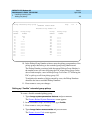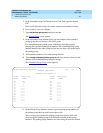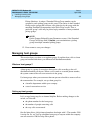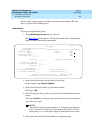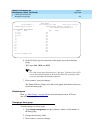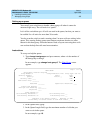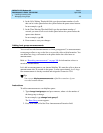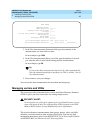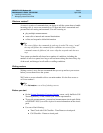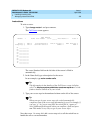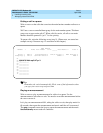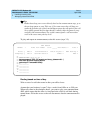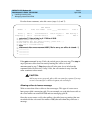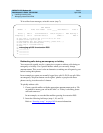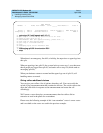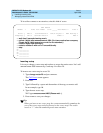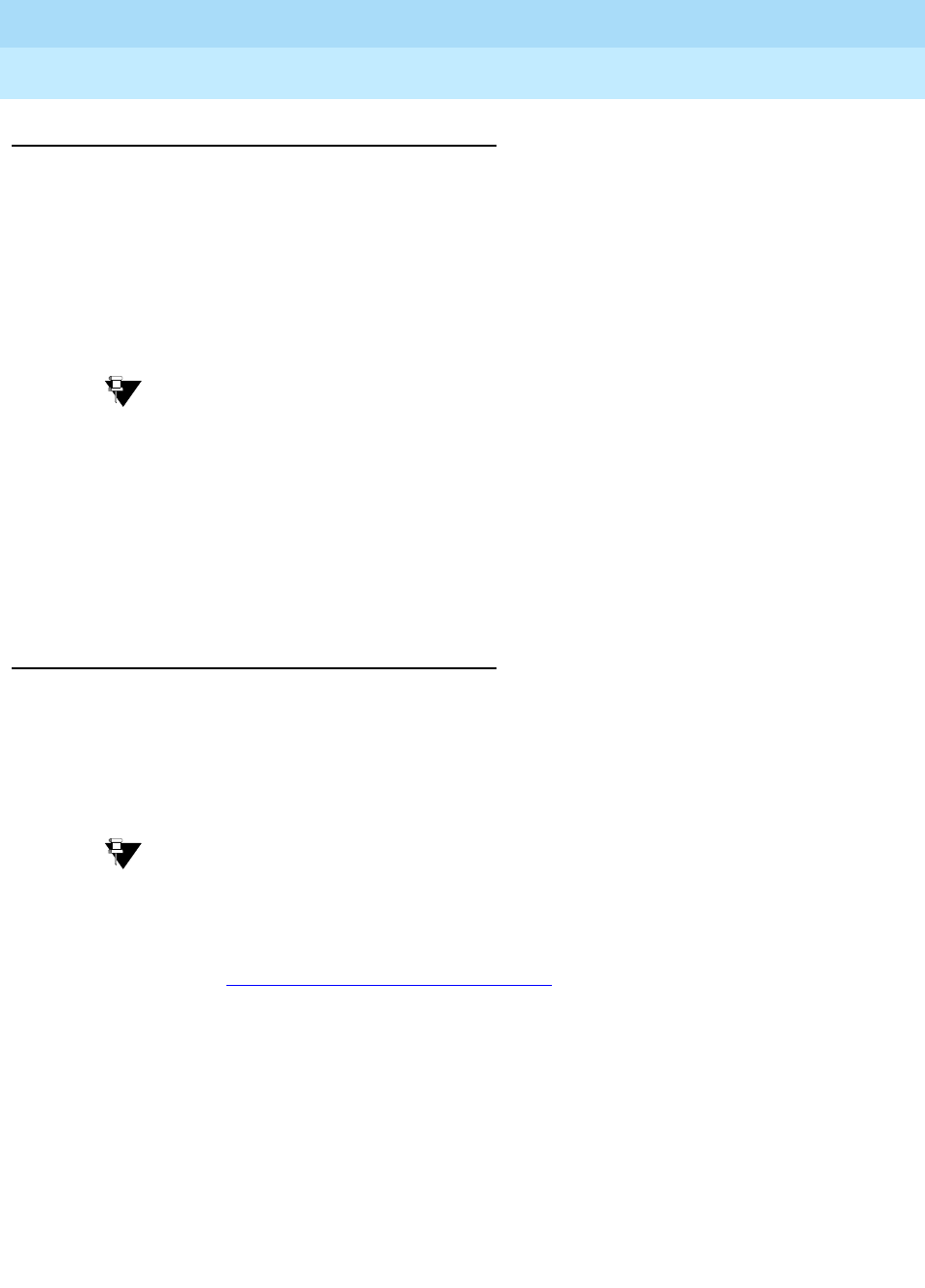
DEFINITY ECS Release 8.2
Administrator’s Guide
555-233-506
Issue 1
April 2000
Handling incoming calls
158Managing vectors and VDNs
7
What are vectors?
A vector is a series of commands that you design to tell the system how to handle
incoming calls. A vector can contain up to 32 steps and allows customized and
personalized call routing and treatment. Use call vectoring to:
■ play multiple announcements
■ route calls to internal and external destinations
■ collect and respond to dialed information
Tip:
The vector follows the commands in each step in order. The vector “reads”
the step and follows the command if the conditions are correct. If the
command cannot be followed, the vector skips the step and reads the next
step.
Your system can handle calls based on a number of conditions, including the
number of calls in a queue, how long a call has been waiting, the time of day, day
of the week, and changes in call traffic or staffing conditions.
Writing vectors
Writing vectors is easy, but we recommend that you set up and test your vectors
before you use them across the system.
We’ll write a vector to handle calls to our main number. It is the first vector so
we’ll use number 1.
Tip:
Use
list vector
to see a list of existing vectors.
Before you start
■ On the System Parameters Customer-Options screen, verify the Basic Call
Vectoring field is y. If not, contact your Lucent representative.
■ To provide announcements, you need an Announcement circuit pack. Refer
to DEFINITY ECS System Description for more information on the circuit
pack.
■ Use one of the following:
■ Tone Clock with Call Classifier - Tone Detector circuit pack.
■ Call Classifier - Detector circuit pack.



